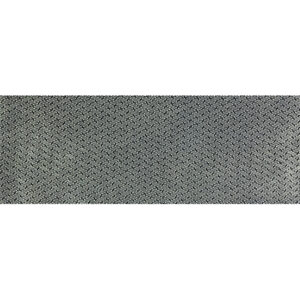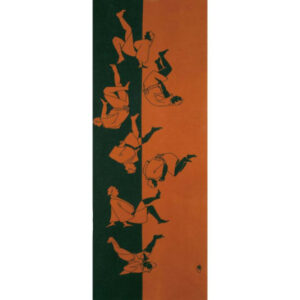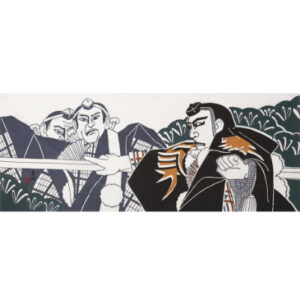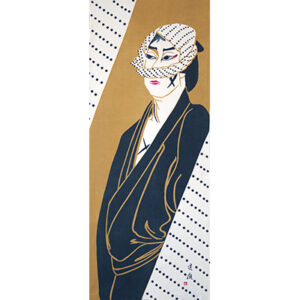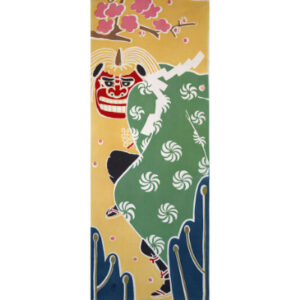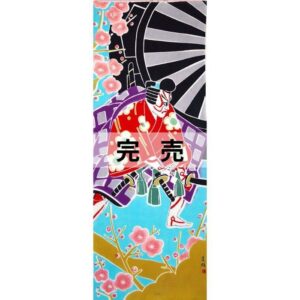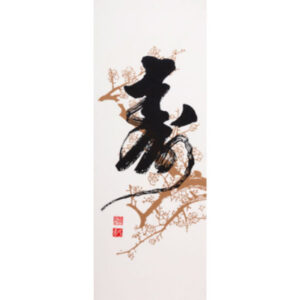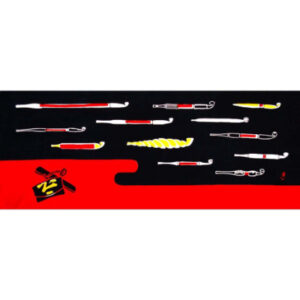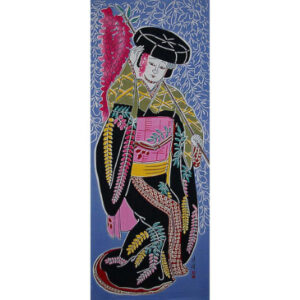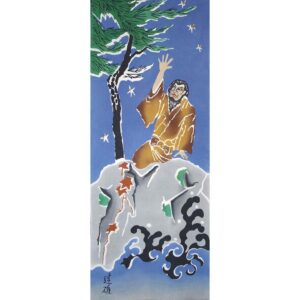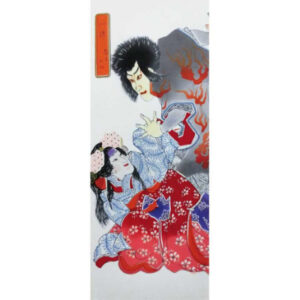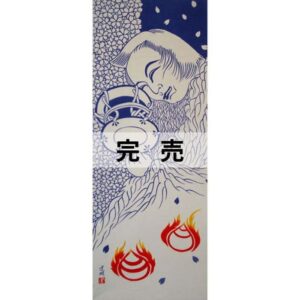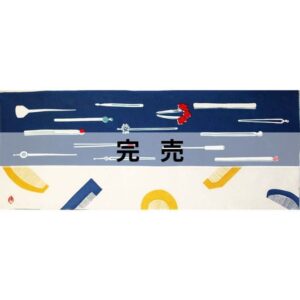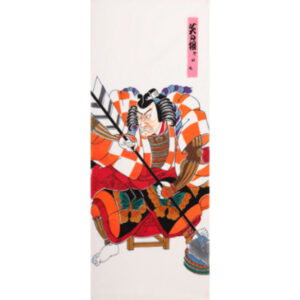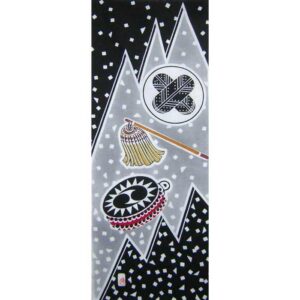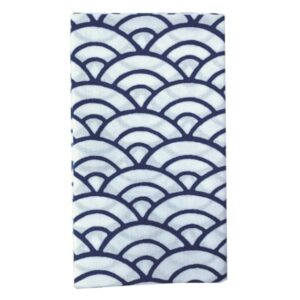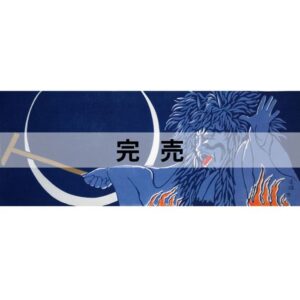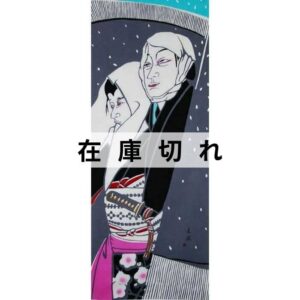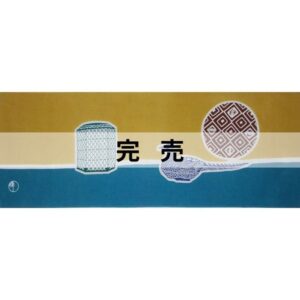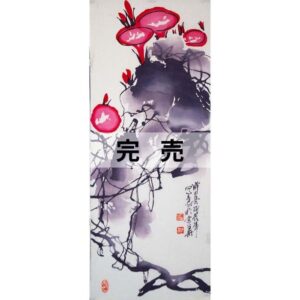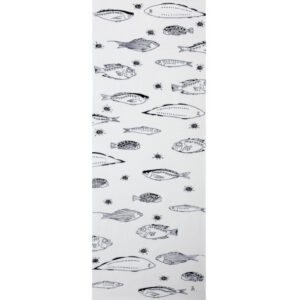説明
シャンタンチーフ「鮫/麻の葉(紺)」
紺の鮫小紋の表地と、赤の麻の葉文様の裏地のおしゃれな小風呂敷です。両面使用だからシーンや気分によって表裏使い分けができ、結んだ時に裏地がちらっと見えるのがステキです。
「中巾」サイズの小風呂敷はお弁当包みやふくさとして使用するのに最適。洗えて重い荷物も安心して包める丈夫なシャンタン織の風呂敷は重宝します。手土産やプチギフトにも喜ばれます。
【江戸小紋の意味】
鮫小紋
小さな円を扇形に重ねて表した江戸小紋を代表する文様の1つです。鮫の肌に似ていることから「鮫小紋」とも言われています。鮫の肌は固いことから鮫小紋を身にまとうことで「鎧」に例えられ、魔除けや厄除けを意味するとされています。
麻の葉文様
六角形状に六個の菱形を結んだ幾何学文様。麻の葉の形に似ていることから、「麻の葉」と名付けられました。丈夫ですくすくと伸びる麻にあやかろうと、子供の産着や下着などによく用いられました。
江戸時代の五代目岩井半四郎が歌舞伎で『お七』の役を演じた際に、麻の葉文様をあしらった着物を着たことで江戸の庶民に流行した文様です。
サイズ:48×48cm
綿100%(シャンタン地) 日本製
Small furoshiki “Sharkskin pattern (darn blue)”
This is a stylish small furoshiki with a dark blue shark print on the front and a red asanoha pattern on the back. Since it is double-sided, you can use the front and back depending on the scene or your mood, and it is also nice to see the fabric on the back when you tie it. The small furoshiki is perfect for use as a chief to wrap up lunch boxes. The durable shantan weave furoshiki is washable and can be used to wrap heavy items. They are also great as souvenirs, small gifts, and gifts for overseas.
【The meaning of Edo komon】
Shark pattern
This is one of the representative patterns of Edo komon, which is represented by small circles stacked in a fan shape. It is also called “shark pattern” because it resembles the skin of a shark. Since the skin of a shark is hard, wearing a shark pattern is likened to “armor” and is believed to ward off evil and bad luck.
Asanoha pattern
A geometric pattern consisting of six rhombuses connected in a hexagonal shape. It was named “asanoha (hemp leaf)” because of its resemblance to the shape of a hemp leaf. It was often used for children’s maternity clothes and underwear in an attempt to take advantage of the strong and vigorous growth of hemp.
【Meaning of the pattern】
Kumadori
Kuma-dori is a makeup technique unique to Kabuki that exaggerates the blood vessels and muscles on the face to express personality and facial expressions.
Joshikimaku
Jyoshikimaku is a curtain used mainly in Kabuki plays. During the Edo period, theaters with Jyoshikimaku were honored as “proof of certification by the shogunate,” and different theaters used different color schemes for their Jyoshikimaku. The color scheme of the Kabuki-za theater is black, persimmon, and onion, and is said to have been inherited from the color scheme of the Morita-za, one of the three Edo-style theaters.
Checkerboard pattern
This traditional pattern got its name from the Edo-period Kabuki actor Ichimatsu Sanogawa, who used it as his stage costume and it became very popular. The uninterrupted continuity of this pattern has the meaning of “prosperity” and is a good omen.
Size:48×48cm
100% cotton (furoshiki, shantung fabric) Made in Japan
Related Products
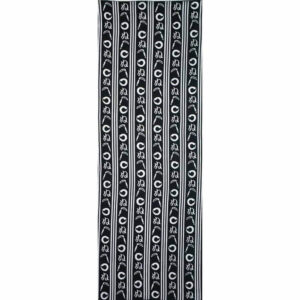
手ぬぐい「かまわぬ」
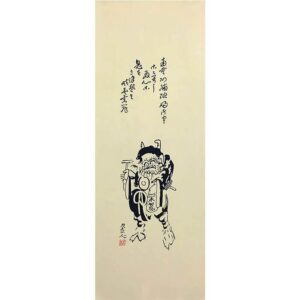
手ぬぐい「大津絵 鬼の念仏(ベージュ)」
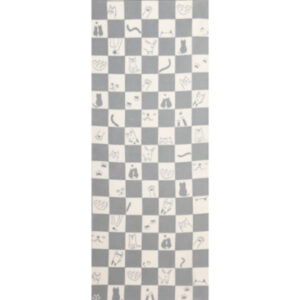
手ぬぐい「ネコ市松(グレー)」
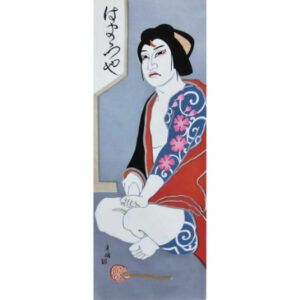
手ぬぐい「弁天小僧菊之助」
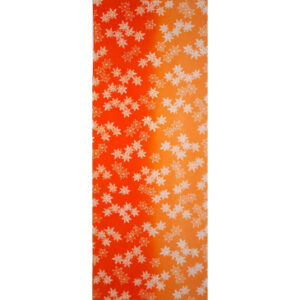
手ぬぐい「紅葉(オレンジ)」
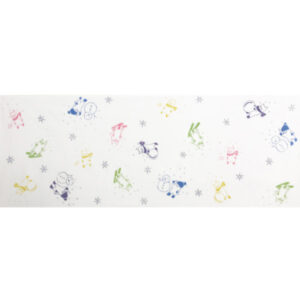
手ぬぐい「エンジョイスノー」
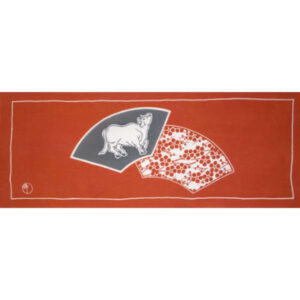
手ぬぐい「干支・牛天神」
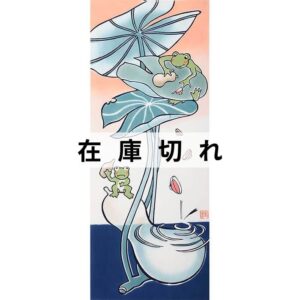
手ぬぐい「カエルの酒盛り」
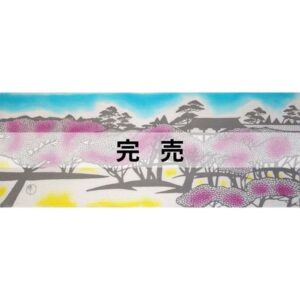
手ぬぐい「さくらさくら」
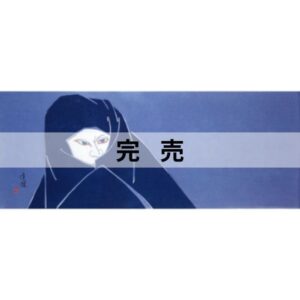
手ぬぐい「玉手御前」
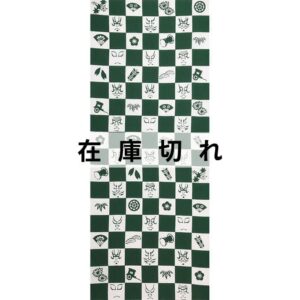
手ぬぐい「隈取市松(緑)」
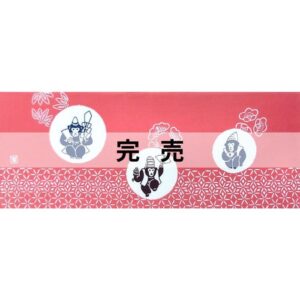
手ぬぐい「三猿三番叟(ピンク)」
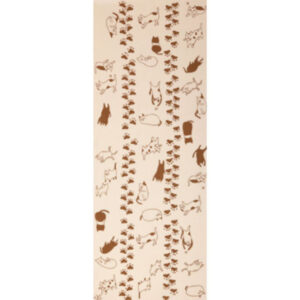
手ぬぐい「ネコと足あと」
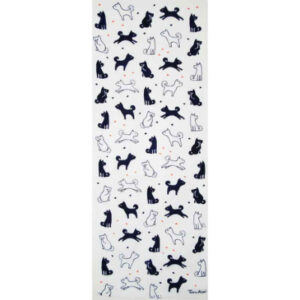
手ぬぐい「桜と犬(紺)」
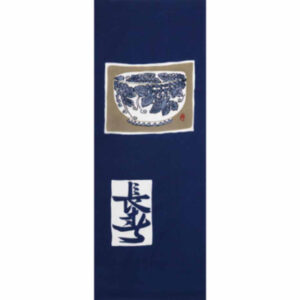
手ぬぐい「長春・葡萄鉢」
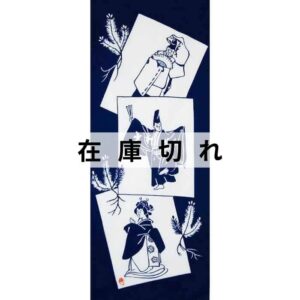
手ぬぐい「式三番叟」
」1-300x300.jpg)
手ぬぐい「疋田(緑・柳染)」
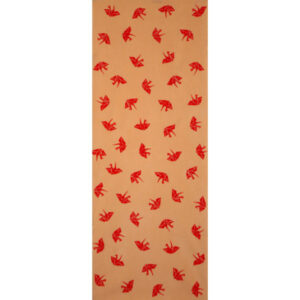
手ぬぐい「折鶴(赤)」
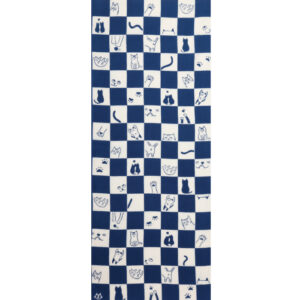
手ぬぐい「ネコ市松(青)」
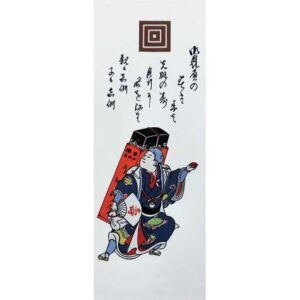
手ぬぐい「外郎売り」
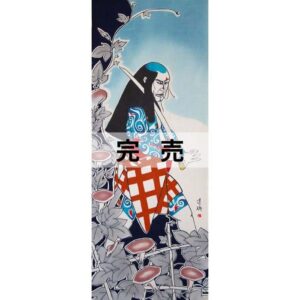
手ぬぐい「夏祭団七九郎兵衛」
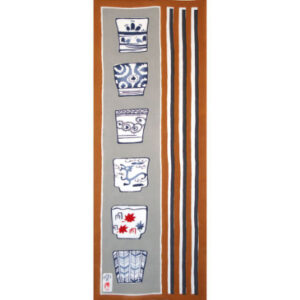
手ぬぐい「そば猪口 (紅葉)」
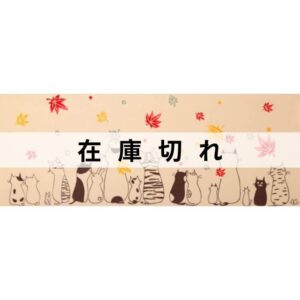
手ぬぐい「ネコ紅葉」
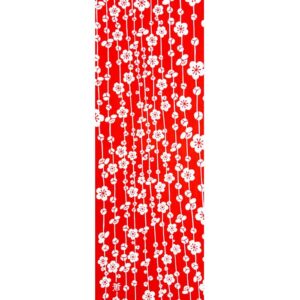
手ぬぐい「歌舞伎衣裳・三千歳(梅)」
」616-300x300.jpg)
手ぬぐい「唐草(グリーン)」
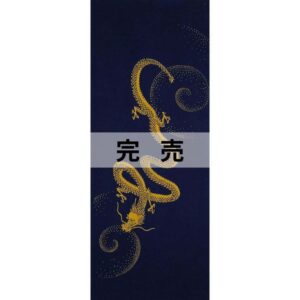
手ぬぐい「干支・龍」
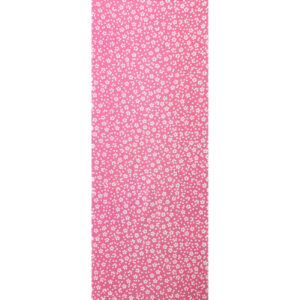
手ぬぐい「桜(ピンク)」
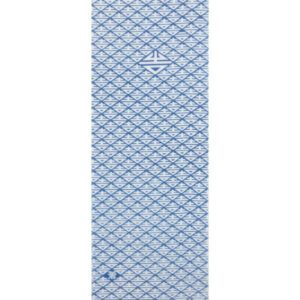
手ぬぐい「歌舞伎衣裳・お坊吉三」
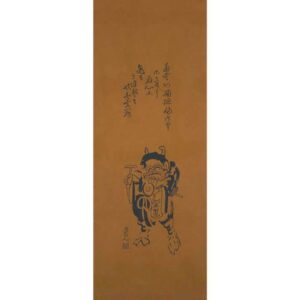
手ぬぐい「大津絵 鬼の念仏(茶)」
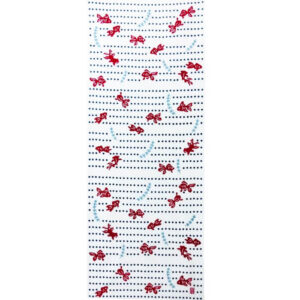
手ぬぐい「豆絞り金魚」
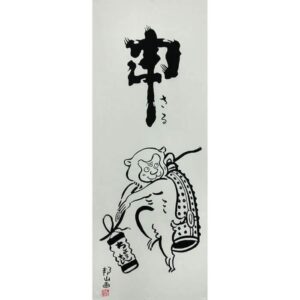
手ぬぐい「大津絵・釣鐘提灯」
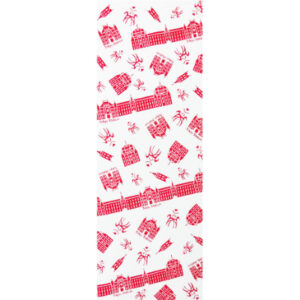
手ぬぐい「隈取ちらし」
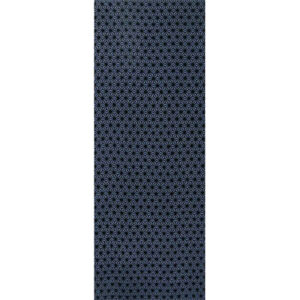
手ぬぐい「麻の葉(灰青)」
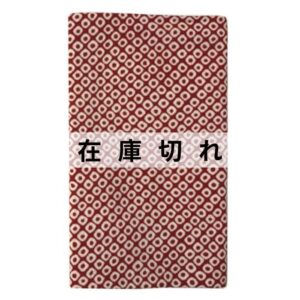
手ぬぐい「疋田(赤・紅赤)」
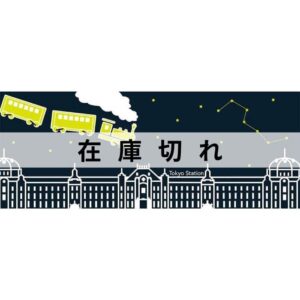
手ぬぐい「銀河鉄道」
」-300x300.jpg)
手ぬぐい「纏(紺)」
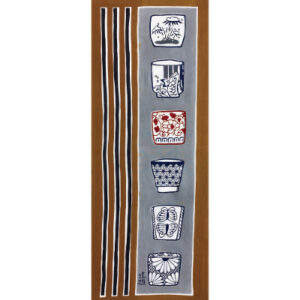
手ぬぐい「そば猪口 (蝶)」
」-300x300.jpg)
手ぬぐい「纏(青)」
-300x300.jpg)
手ぬぐい「桜と犬(茶)」
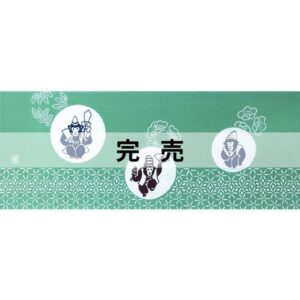
手ぬぐい「三猿三番叟(グリーン)」
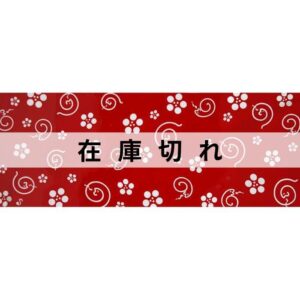
干支手ぬぐい「巳と梅紋」
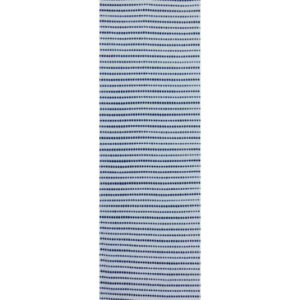
手ぬぐい「板締め豆絞り」

手ぬぐい扇子「猫の風神雷神(風神)」
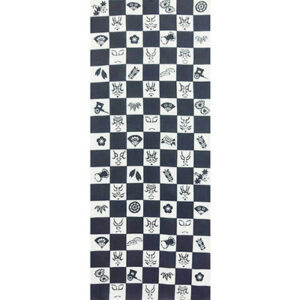
手ぬぐい「隈取市松(グレー)」
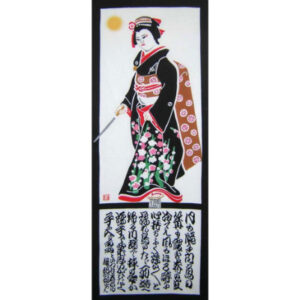
手ぬぐい「お嬢吉三」
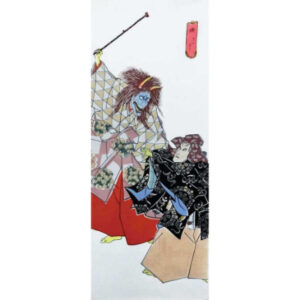
手ぬぐい「うわなり」
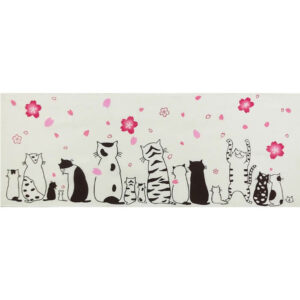
手ぬぐい「ネコたちの春」
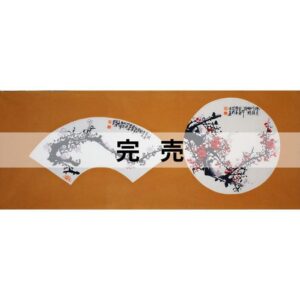
手ぬぐい「紅白梅図」
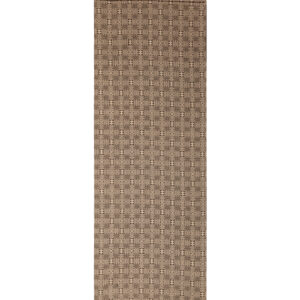
手ぬぐい「菊五郎格子」
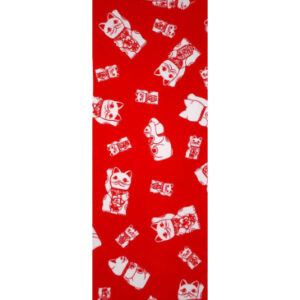
手ぬぐい「招き猫(赤)」
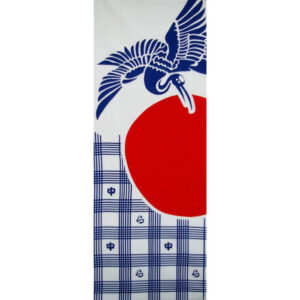
手ぬぐい「中村格子」
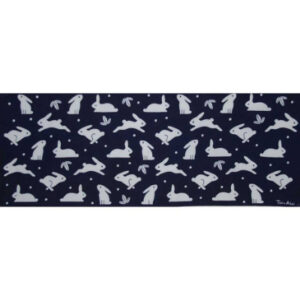
干支手ぬぐい「雪と兎」
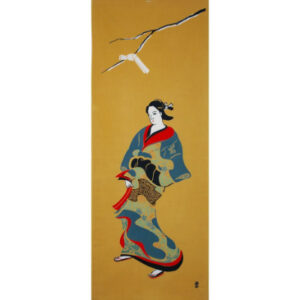
手ぬぐい「元禄美人図」
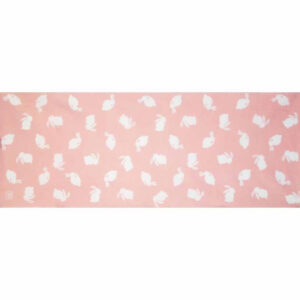
手ぬぐい「うさぎ(ピンク)」
」1-300x300.jpg)
手ぬぐい「疋田(グレー)」
」-300x300.jpg)
手ぬぐい「トンボ(青)」

手ぬぐい「羊たちのNight&Day」
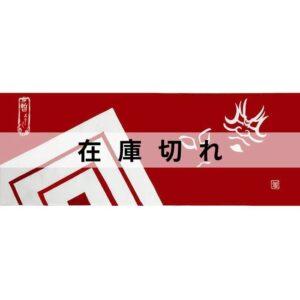
手ぬぐい「隈取・暫」
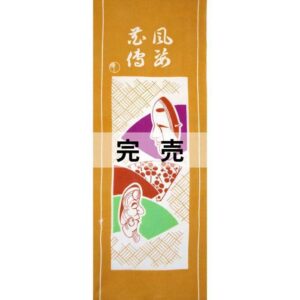
手ぬぐい「風姿花伝」
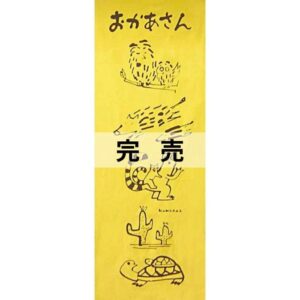
手ぬぐい「おかあさん」
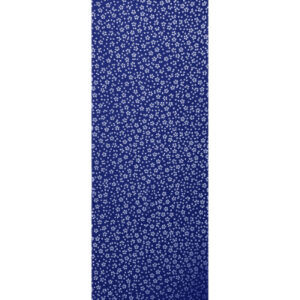
手ぬぐい「桜(紺)」
」-300x300.jpg)
手ぬぐい「トンボ(紺)」
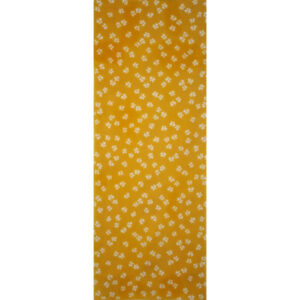
手ぬぐい「花びら蝶(黄土)」
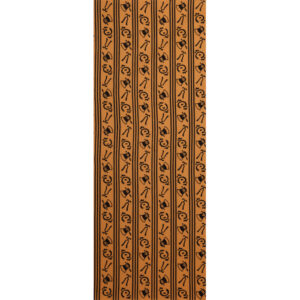
手ぬぐい「良き事聞く」
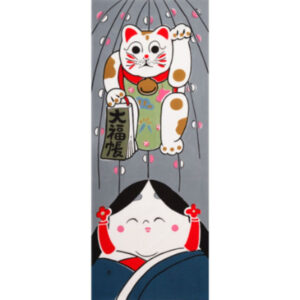
手ぬぐい「招き猫とお福さん」
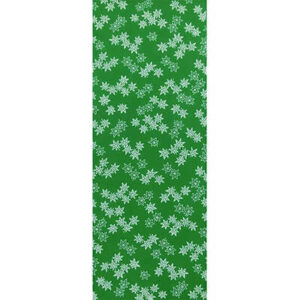
手ぬぐい「紅葉(グリーン)」
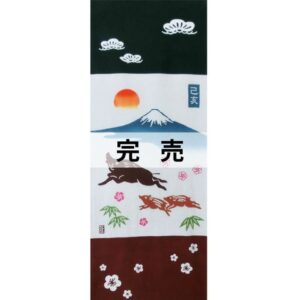
手ぬぐい「亥と富士」
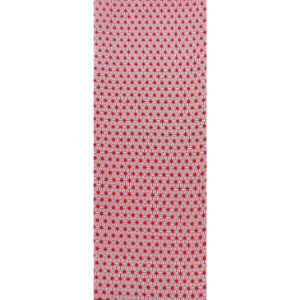
手ぬぐい「麻の葉(赤)」
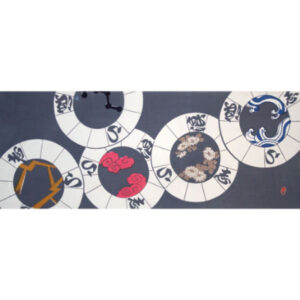


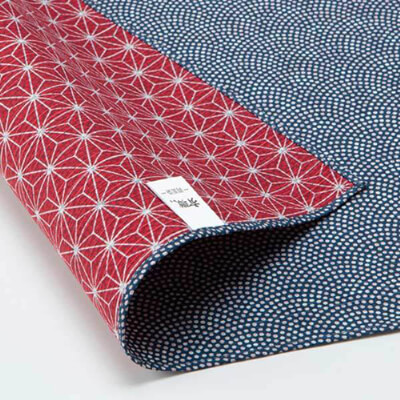
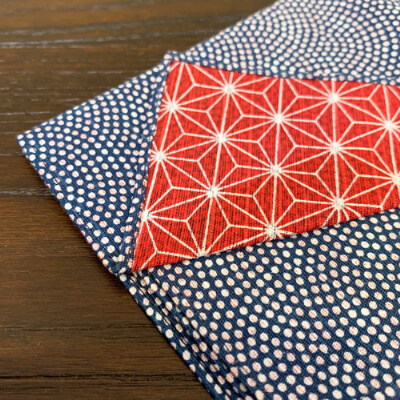
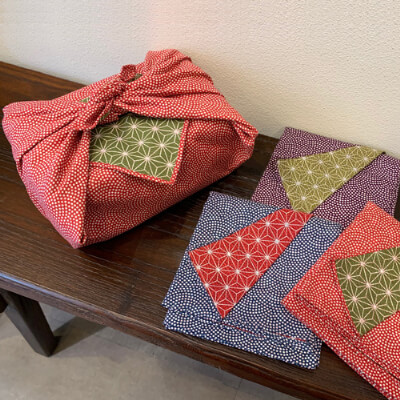
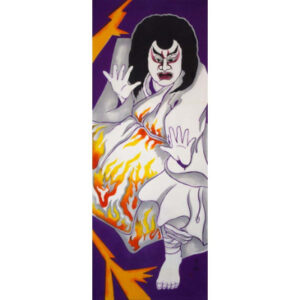
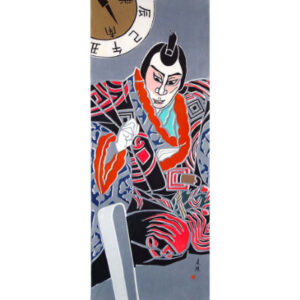
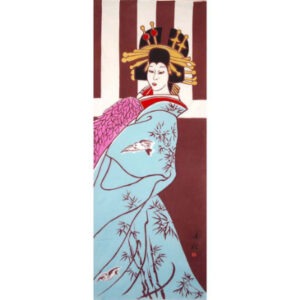
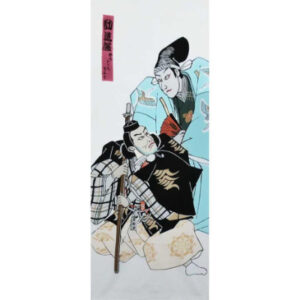
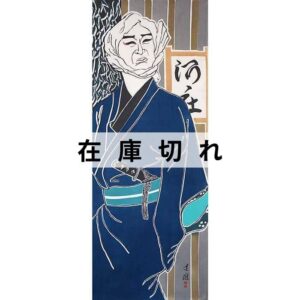
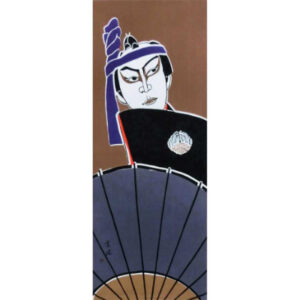
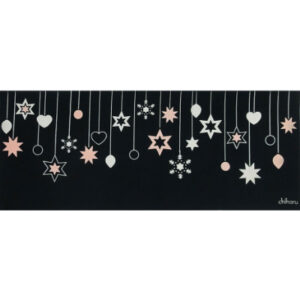
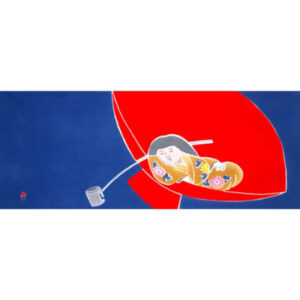
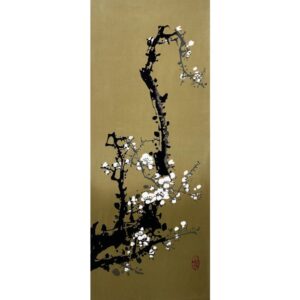
」-300x300.jpg)
